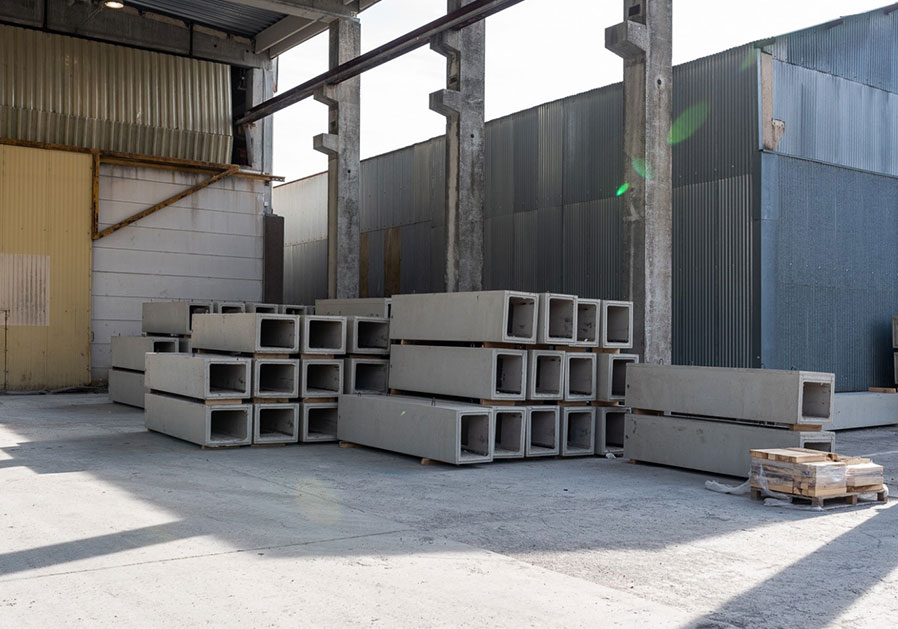![]()
DUCTS
![]()

Ventilation and smoke extraction ducts are mandatory components of all building designs: Buildings Open to the Public, High-Rise Buildings, Communal and Industrial Buildings.
Ventilation and smoke extraction ducts are mandatory components of all building designs: Buildings Open to the Public, High-Rise Buildings, Communal and Industrial Buildings.
Smoke extraction systems are designed to remove smoke and flue gases as soon as a fire breaks out so as to ensure that public escape routes and walkways remain passable.
Smoke extraction also helps to prevent the fire spreading and facilitates the work of the emergency services.
Smoke extraction ducts therefore must meet the following characteristics:
· mechanical strength when surrounded inside and outside by fire
· leaktightness when the fire is contained within the duct and the duct is negatively pressurised.
This is required to ensure that the aspirated gases concern the smoke and hot gases generated by the fire, and not indoor fresh air that has filtered through leaks in the duct.
> Proven fire resistance and durability demonstrated by tests
> Compliance with dimensional tolerances
> Ready to install: quick to implement
> Guaranteed network leaktightness
> Precast from blueprints, custom-made
> Mechanical strength (40 MPa)
> Roof outlet
PBM ducts tested in accordance with the latest European norms and standards are classified as having a 90-minute fire-break capacity (rated EI 90 according to new European classification rules).
In the event of fire, ventilation ducts are designed to supply fresh air and apply positive pressure to neighbouring rooms. When a fire takes hold, these ducts may pass through burning areas before reaching protected areas.
New legislation in the form of standard EN 1366-1 therefore requires that ventilation ducts comply with the following characteristics, whether the fire is outside the duct during normal operation or inside the duct following damage to the duct:
– Fire resistant; sealed to prevent fire spreading from one room to another
– Heat insulated to limit temperature increase
– Limited distortion and proven mechanical strength of the duct and its bracketing system so as to ensure it is fit for its intended purpose throughout the planned duration
– Smoketight (optional), so as to limit the spread of asphyxiating gases.
The fire is outside the duct, which is maintained under negative pressure. This test is mainly used to measure the duct’s fire resistance and smoke tightness, and also its heat insulation and mechanical strength in the event of an external fire.
The fire is both outside and inside the duct where the airflow is supplied by a fan; temperature measurements are taken outside the kiln. This test is mainly used to measure duct wall heat insulation when the fire is inside it, and also its behaviour in “damaged” mode; the fan at the duct exit is stopped repeatedly in order to simulate a fan failure.
In the additional “Duct C” test, the fire is both outside and inside the duct.
Negative pressure is applied to the external part of the duct. This test is used to check the duct’s mechanical strength when subjected to fire both internally and externally, and to use oxygen sensors to check that the air in the duct’s external part is from the kiln area and not from the outside having filtered through leaks in the duct.
Looking for more information? Contact our sales representatives